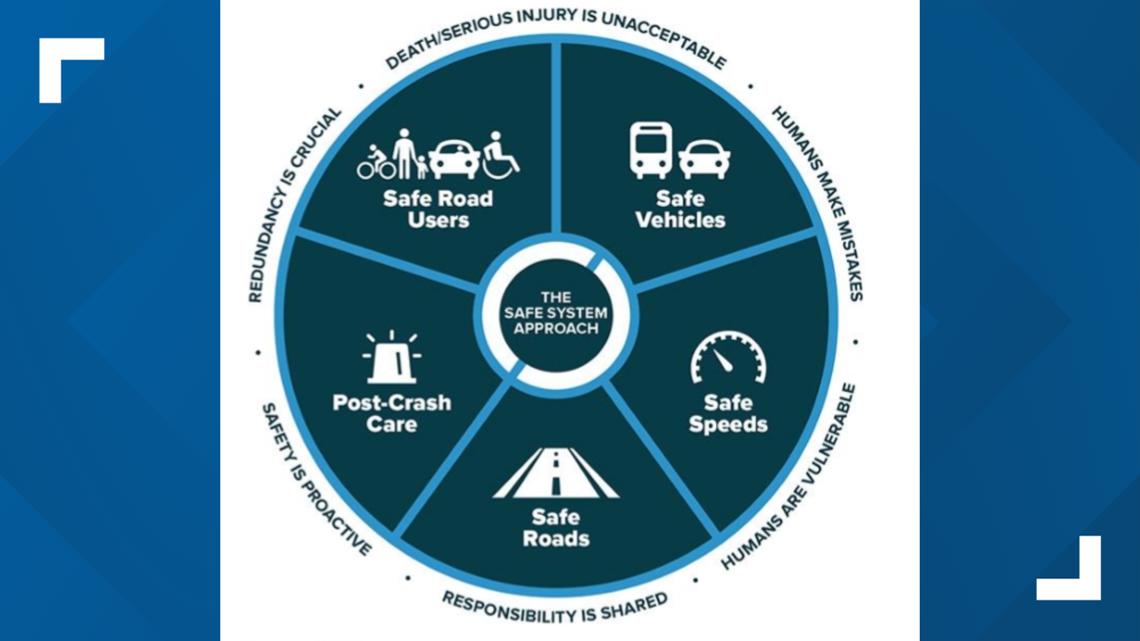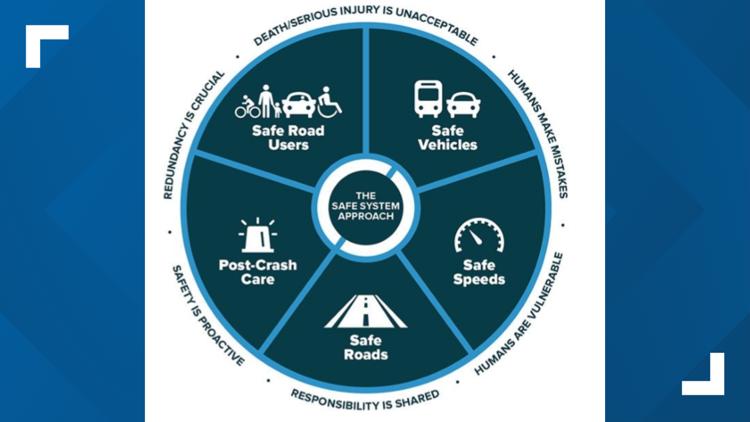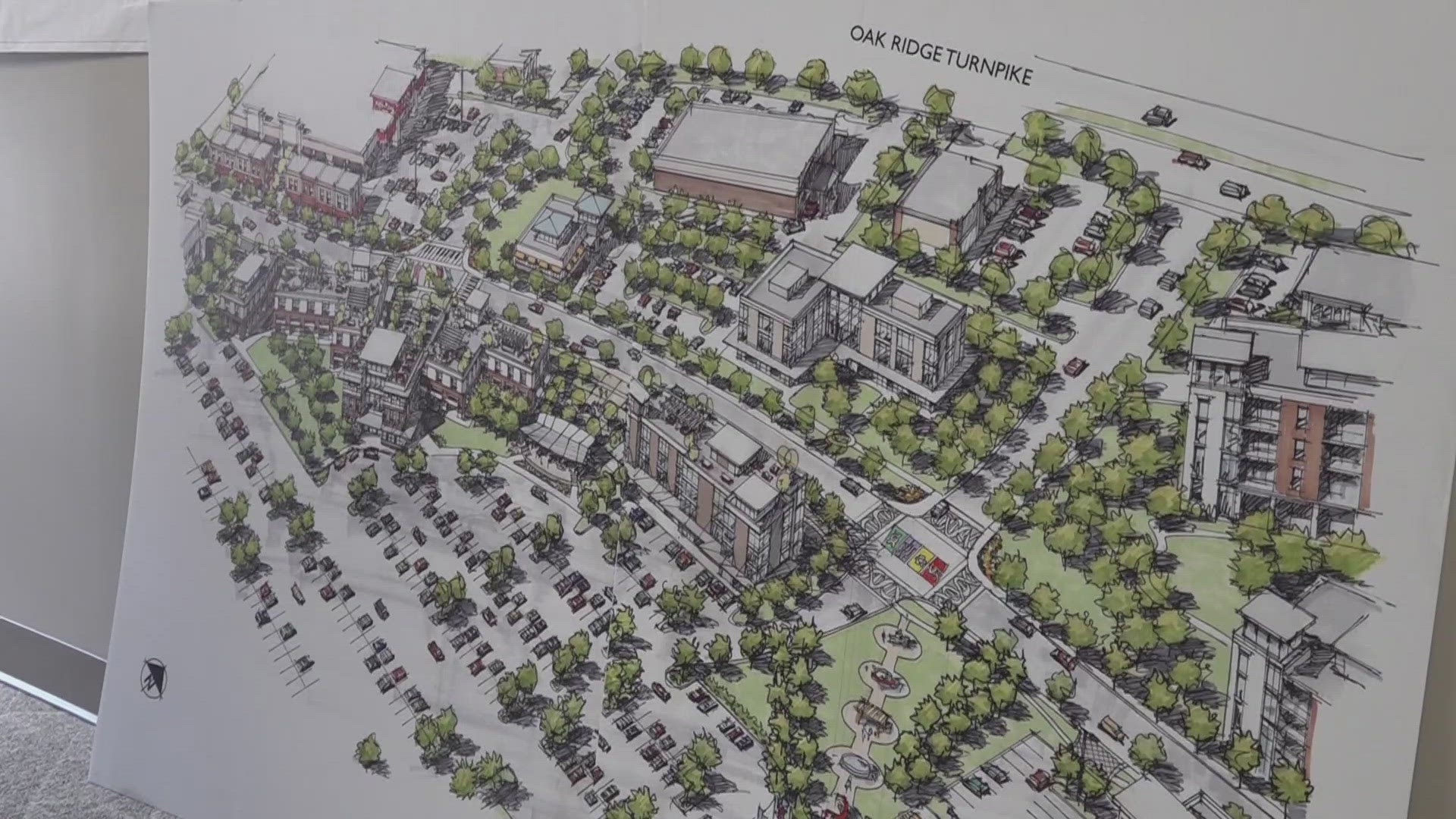NASHVILLE, Tenn. — Tennessee has a new Strategic Highway Safety Plan, aimed at bringing the number of lives lost and people hurt due to crashes on Tennessee roads down to zero.
The Tennessee Department of Transportation said it signed the new plan Wednesday alongside safety partners. It updates the plan every 4 years, and the new plan will last from 2025 to 2029. The new plan includes information from a November 2023 Vulnerable Road User Safety Assessment.
That study looked into the factors behind crashes involving pedestrians, cyclists and people who use non-motorized transportation. The federally-required assessment found that the proportion of severe crashes involving a vulnerable road user steadily increased yearly, over the last 5 years.
The assessment recommended implementing low-cost pilot projects to improve safety for people who don't travel inside cars, such as installing temporary barriers or widening walking paths. It also recommended further investigating how vulnerable road users travel to better understand the factors behind crashes.
The new highway safety plan also integrates the Safe System Approach, adopted by the United States Department of Transportation in January 2022.
"Although the SSA is a relatively new concept in the United States, it is a safety strategy that has been implemented in other countries since the 1990’s. The SSA aims to promote a culture of safety with the expectation that all users of the roadway system, regardless of mode, will be protected and that responsibility is shared with those who plan, build, maintain, and use the transportation system," the plan said.


The approach involves guaranteeing safe roads and keeping drivers at safe speeds. It also calls for measures to make sure people drive safe vehicles while also keeping roads safe for people who don't use cars.
The state transportation department said at this point in 2023, there were 187 pedestrian and cyclist deaths. So far this year, there have been 150 reported deaths of the same kind.
The department said over the last five years it spent over $239 million on more than 300 safety projects, using input from the previous highway safety plan.


